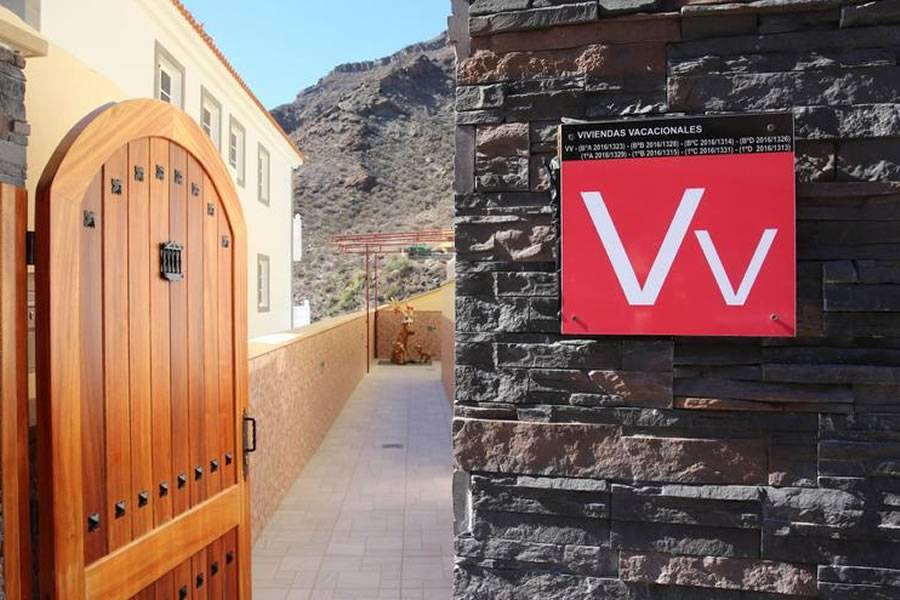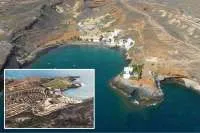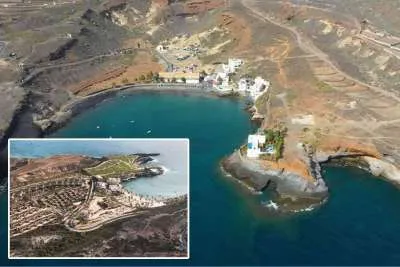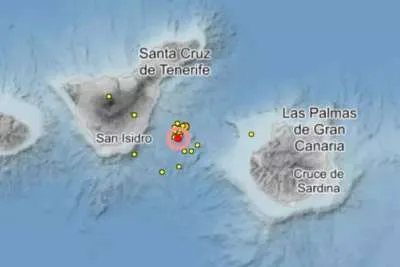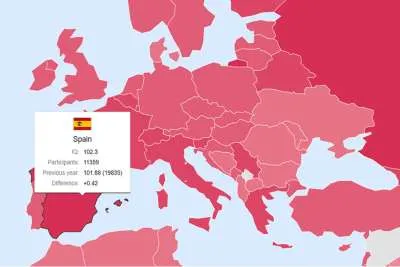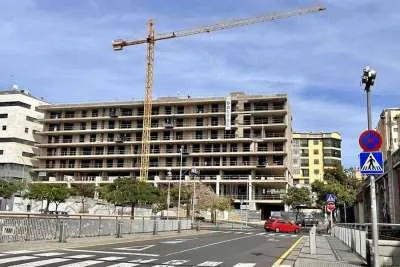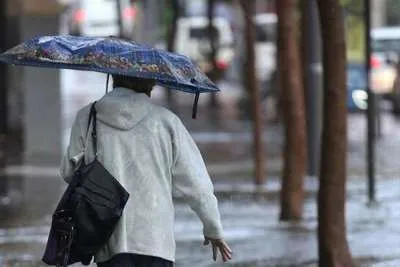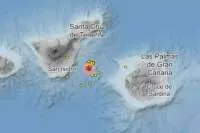Private holiday homes register their highest occupancy rates in history in the Canaries
- 27-03-2023
- Business
- Canarian Weekly
In 2018 the Supreme Court overruled the government’s vacation rental decree that tried to prevent private holiday homes in tourist areas, and since then it has not stopped growing. There are now more than 40,000 tourist apartments in the Canary Islands, which represents 30% of all beds available to tourists, 10% more than before the pandemic turning over two billion euros on the islands per year.
This increase mainly occurred because, since the pandemic, many visitors preferred to stay in an individual home than in a hotel due to the risk of Covid, and after trying this travel option, many have continued to come back in the same way hence the record occupancy figures.
This winter the average occupancy of private holiday homes has been 85% with them being completely full on key dates such as Christmas or Easter.
In February, occupancy was almost 88%, which means that it was "the best complete month in history", according to the president of the Canarian Vacation Rental Association (ASCAV), Doris Borrego. As she points out, most of the tourists renting holiday homes and villas are from northern and central Europe and with an average stay of 14 days, who spend 2,500 euros on accommodation.
“Many of our customers are repeat customers. In fact, we already have reservations for next winter”, she says and confirms that this Easter, as in 2022, holiday homes will be completely full.
On this point, Borrego defends the holiday home rental market from the attacks it receives from some political representatives, such as the Minister of Tourism, Reyes Maroto, who in a speech on Wednesday at a public event advocated a "stricter framework" of tourist apartment platforms.
Maroto said she wants, in the second half of this year and coinciding with the Spanish presidency of the EU, changes to be introduced in Spain with more regulations to provide more transparency about the sector.
In reply to this, Borrego claims that holiday homes are “one of the most supervised sectors in Spain”. As she explains, the AEAT has the mandatory modelo 179 through which the bookings platforms provide data on the payments made to the owners through the cadastral reference of the rented properties.
This same model must be completed by the owner, accounting for the income received by the platform or, by the user if there has been no intermediation, and then the user must provide the information in their personal income tax return. This means that renting private properties and not paying taxes accordingly is getting more difficult and more controlled already.
HOTEL PRICES CONTINUE TO INCREASE AND ARE NOW AN AVERAGE OF 129 EUROS PER NIGHT:
Hotel prices continue to rise in the Canary Islands, in line with the upward trend in prices nationwide. In the case of the Canary Islands, the hotel rate exceeded a new record in February after the one reached in January, when it exceeded 123 euros per night, a level not seen before.
Last month, the price has risen by almost another six euros to an average of 129 euros, which is the highest price in all of Spain, according to data from the Hotel section of the National Institute of Statistics (INE). After the Canary Islands is Catalonia, with an average rate of 120 euros per night, followed by Madrid, with 106.20 euros.
Regarding overnight stays and occupancy by tourist area, the south of Gran Canaria reached the highest degree of occupancy by bed places (79.4%), while the South of Tenerife reached the highest degree of occupancy on weekends(79 .3%). The Island of Tenerife registered the highest number of overnight stays in February with 2,064,727.


